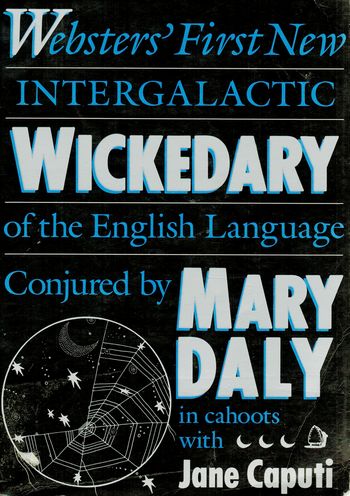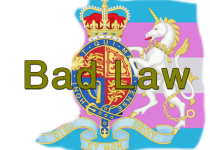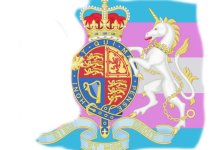As Websters weave our ways on Labyrinthine Journeys, words come alive, and we weave and reweave their messages in Webs/Tapestries that depict their true context, their Background. In our weavings we follow the flights of words, which carry messages, hop, fly, soar, and sing. Like birds, words are winged. Moreover, they are ancestral spirits, awakening Memory. They can also be compared to Angels, messengers of the Goddess/es. The Wickedary is a Source Book of such messages… Joined by the Guides who have brought us this far, we prepare for the awesome arrival of Others. Reaching the end of the Wickedary is arriving at the beginning, for the work of Wicked Shemers/Skeiners. Our wording Spirals on. Indeed, our project is Intergalactic for it is an expression of Star-Lust, of seeking and finding Astral dimensions, Cosmic connections. For such an Astral Adventure, standard english is pathetically inadequate, and even Wicked English is far from sufficient. Websters therefore invite Wild women of other tribes and tongues to weave their own Wickedaries. We conjoin in the Conjuring of these Other Weird works – not as copies or clones but as Sister Word-Works expressing the Rainbow-Radiant Diversity of Hags, Nags, Furies, Spinsters whose different Mother Tongues can speak of Wonders yet unNamed. May this book be a catalyst, then for Other Wicked Dreams.
Mary daly , summer solstice 1987
Newton Centre, Massachusetts
The Wickedary is the fifth of Mary Daly’s books. In it she gives a comprehensive account of her philosophy by offering an alternative vocabulary. Using capitalization, Meta-etymologies, and cross-referencing to guide the reader’s experience of her philosophy. The reader is submerged in radical feminist ontology.
With the Wickedary, Mary Daly positions herself among writers who have rejected the confines of the linear argument (or narrative) and the printed page. The Wickedary allows the reader to freely navigate terms and concepts from her other books. She gives the readers connections to follow at their discretion and gives them notes that expand her text into other writers¹ works, making connections to the larger feminist community and an intellectual heritage. This step into hyper-space, while unfulfilled in the digital sense, fulfills her own demand for “Weaving” by “Websters,” “Lusty Leaping,” “Journeying” and occupying the “Otherworld.”




